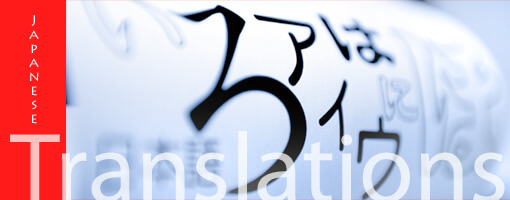Back in the 1950s, IBM calculated that translating a short piece of text required more than double the number of computing instructions needed to simulate a guided missile in flight. While computing power has increased literally exponentially since then, improvements in machine translation have not kept pace. That there have certainly been improvements is beyond doubt. When Google translate first started, its attempts at translation were the stuff of legend. Now, for simple phrases, it has a decent chance of getting a close match. Ironically these improvements have come about since Google stopped trying to teach its system how to speak a language. Instead, Google Translate now looks through literally hundreds of millions of websites to find possible matches and uses a complex algorithm to pick the best.
Even with all these improvements, Google translate still regularly produces some questionable results. The most common issue of all is with words which have multiple meanings. Ship, for example, can be a noun or a verb. “Ship it!” can also be a slang expression. In translation context is crucial and computers still are nowhere close to grasping the full complexity of any human language.
Efforts to continue to improve machine translation are likely to continue for the foreseeable future. The simple reality is that it’s much cheaper than using a human and for content which dates quickly may eventually be a cost-effective solution. For work which is expected to have a long-term impact, however, a human translator is a necessity. A NAATI accredited translator offering a certified translation service will not only produce a document which conveys the meaning of the source text, but will also ensure that any cultural requirements are accommodated. A Chinese NAATI translator for example, will be familiar with customs both in China and in the country (or countries) of their target language and will be able to ensure that any implicit assumptions are conveyed.



















